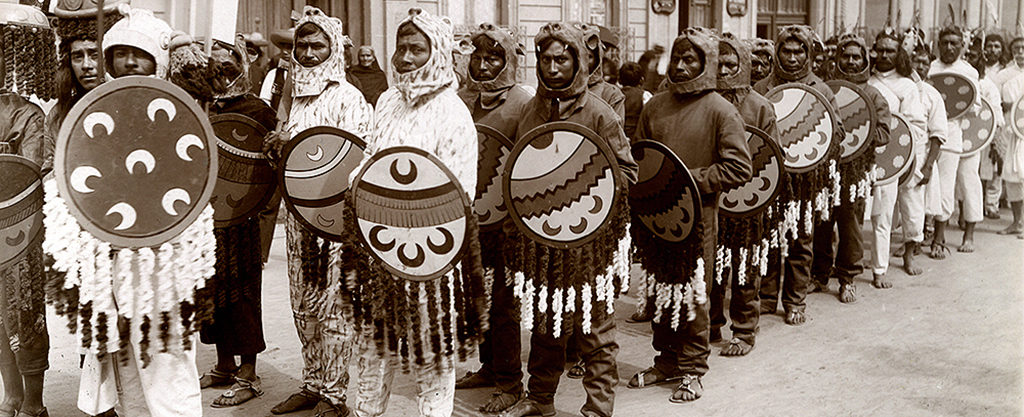
Description
Through the comparison of photographs and analysis of textual sources, this lesson helps students think though the causes of the revolution that are tied to colonial structures. This lesson 2 of 3 of the unit In What Ways Might Colonization Lead to Rebellion?
Date Range: 18th century-1920
Grade Levels: 9-12
Countries: Mexico; the United States
Course Subjects: Indigenous Studies; Latin American Studies; World History Studies; U.S. History: 1877-present
Topics: Native Americans; Politics; Colonialism; Francisco “Pancho” Villa; Revolution; Caste System; Emiliano Zapata
Teaching Time Frame: 1 day (90 minute lesson)
Supporting Question
What are the social, political and economic factors that pushed the Mexican people to revolution in 1910?
Learning Objectives
- Explain the implications of centuries of oppression and European colonization.
Relevant Teaching Standards
TEKS Guidelines
- World History Studies
- (c)-(8)-(B) – Student understands the causes and the global impact of the Industrial Revolution and European imperialism from 1750 to 1914. The student is expected to identify the major political, economic, and social motivations that influenced European imperialism
- (c)-(9)-(C) – Student understands the causes and effects of major political revolutions between 1750 and 1914. The student is expected to trace the influence of the American and French revolutions on Latin America, including the role of Simón Bolivar
C3 Framework
- Civics
- D2.Civ.6.9-12. Critique relationships among governments, civil societies, and economic markets.
- History
- D2.His.1.9-12. Evaluate how historical events and developments were shaped by unique circumstances of time and place as well as broader historical contexts.
- D2.His.4.9-12. Analyze complex and interacting factors that influenced the perspectives of people during different historical eras.
- D2.His.8.9-12. Analyze how current interpretations of the past are limited by the extent to which available historical sources represent perspectives of people at the time.
- D2.His.10.9-12. Detect possible limitations in various kinds of historical evidence and differing secondary interpretations.
- D2.His.11.9-12. Critique the usefulness of historical sources for a specific historical inquiry based on their maker, date, place of origin, intended audience, and purpose.
- D2.His.14.9-12. Analyze multiple and complex causes and effects of events in the past.
Downloads
Lesson Plan
Featured Sources
In What Ways Might Colonization Lead to Rebellion? (Unit)
Rights Statement
Creator(s): Emma Ensign-Church, Graduate Student, Department of Curriculum & Instruction; & Emiliano Guajardo, Graduate Student, Department of Curriculum & Instruction
Date: 2019-05-22
This assignment is under a Creative Commons Attribution-NonCommercial-ShareAlike 4.0 International Public License (“Public License”). This license lets others share, remix, tweak, and build upon the work non-commercially, as long as they credit the creators and license their new creations under the identical terms.
